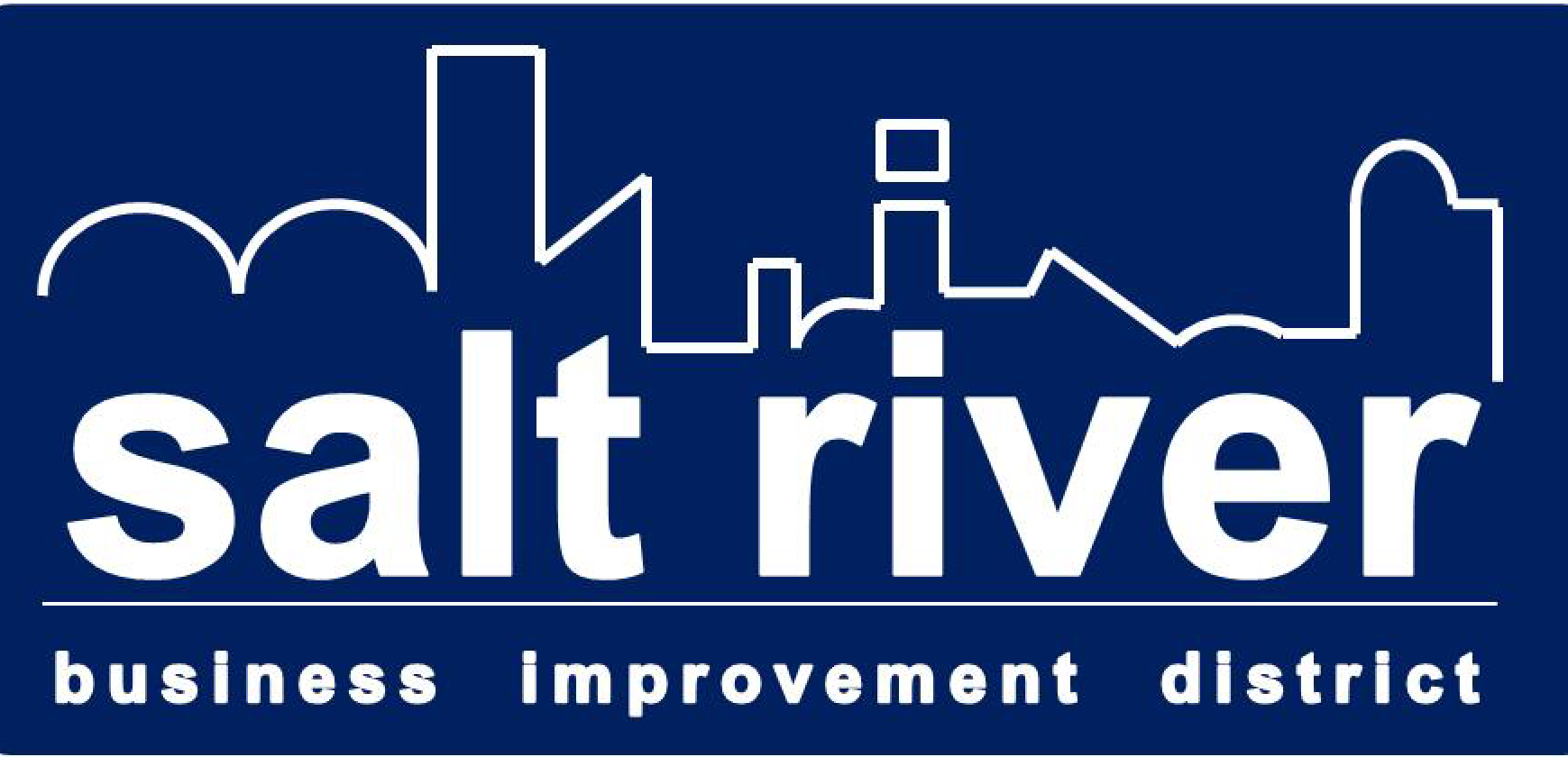December 2017
-
Cape Town Mayor outlines status quo of water crisis
in SRBID NewsDuring a recent speech delivered at the Atlantis Aquifer, Cape Town Mayor Patricia de Lille thanked Capetonians who had been making efforts to cut their water usage, saying that about half of water users had restricted their daily usage to 87 litres per day. But added that this was not enough. “We need each and…
-
New Home for Zip Zap Circus Academy in Salt River
in SRBID NewsThe Zip Zap Circus Academy now has a new address in Salt River. The two founders of the academy, Brent van Rensburg and Laurence Estève, officially opened their permanent premises with its striking building on Shannon Street a few months ago. There is much reason to believe that this new kid on the block has…
-
Facelift for Salt River forms part of upliftment plan
in SRBID NewsAs initially set out in the business plan of the SRBID, the work of the SRBID includes urban beautification. After initially focusing on crime and grime the SRBID reached a stage where some of the urban beautification projects could be launched. Here’s a quick update on two of the programmes: Poster removal and painting Many…
